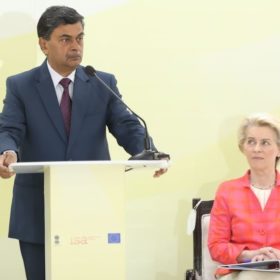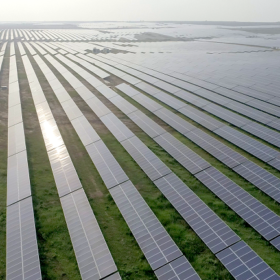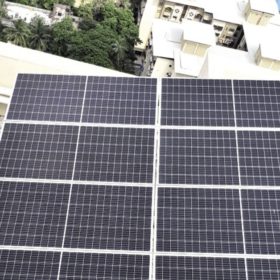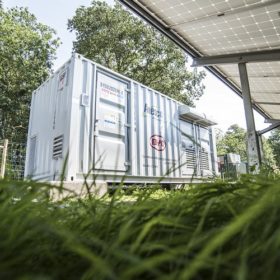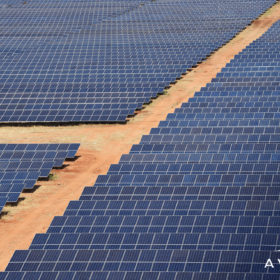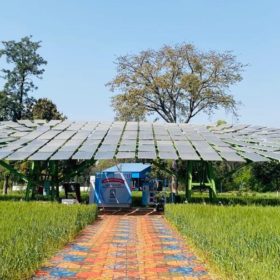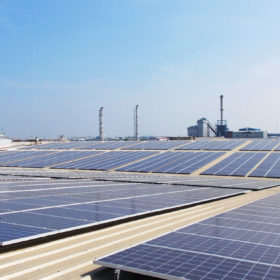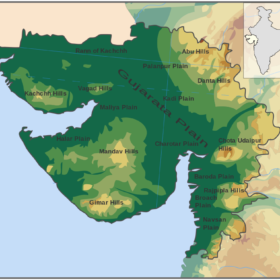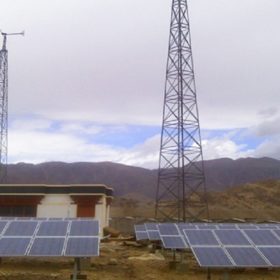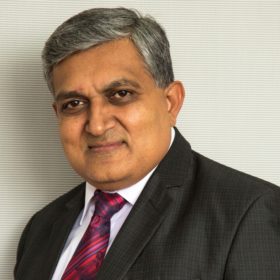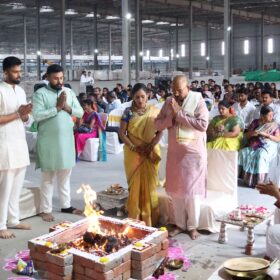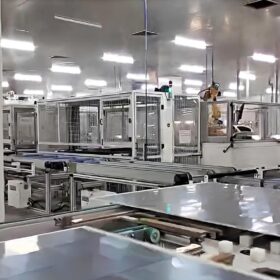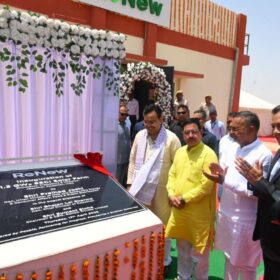India calls for credit guarantee fund to drive solar adoption in electricity-deprived regions globally
RK Singh, India’s power minister, and president of the International Solar Alliance (ISA) Assembly, called on nations to support solar investments in developing and under-developed regions, including Africa, through low-cost finance and credit guarantee fund.
Madhya Pradesh renewable energy capacity grew 32-fold in 12 years
The State has reached 5,152 MW of installed renewable energy capacity, including 2,444 MW of wind, 2,490 MW solar, 119 MW biomass, and 99 MW small hydropower.
India may miss 2022 solar target of 100GW by 27%
A new report by JMK Research and the Institute for Energy Economics and Financial Analysis (IEEFA) says India is likely to miss its ‘100GW by 2022’ solar target by about 27GW, mainly due to the underwhelming growth of rooftop solar. While utility-scale solar is on track to achieve nearly 97% of the 60GW installed capacity targeted by 2022, rooftop solar will be 25GW short of the 40GW mark.
APAC to lead global battery storage market, clock 68% share by 2026
The global battery energy storage market will grow to $10.84 billion in 2026, with around two-thirds of the demand concentrated in the Asia Pacific region.
Distributed solar developers want ongoing open-access and net metering projects excluded from ALMM mandate
Over 4GW of open access and rooftop solar projects under various stages of development can get stuck due to the ALMM requirement, according to Distributed Solar Power Association (DiSPA).
Solar power generation for EV charging far more land-efficient than cultivation for ethanol blending
A new report by IEEFA proposes enhancing India’s electric vehicle (EV) adoption strategy as an alternative to further promotion of blended fuel, given the land-use efficiency gap between renewable energy generation for EV charging and cultivation for ethanol blending in fuels. Matching the distance driven by electric vehicles (EVs) charged from one hectare of solar generation would require ethanol derived from up to 251 hectares of sugar cane or 187 hectares of maize, it estimated.
World’s largest solar tree record smashed
With a PV panel surface area of 309.83m2 the construction has been officially certified by Guinness World Records as the biggest.
Himachal Pradesh to empanel rooftop solar installers, Madhya Pradesh tenders 440MW under PM KUSUM
March 24 is the last date to submit bids for setting up grid-connected rooftop solar systems on domestic, government, and other buildings in the State of Himachal Pradesh. Madhya Pradesh has invited solar power developers to implement an aggregate 440MW (AC) of grid-connected solar PV systems under component A of PM KUSUM scheme.
Goldi Solar to solarize an entire village in Gujarat
The Gujarat-based solar panel manufacturer and EPC services provider has been chosen by Shree Ramkrishna Knowledge Foundation to set up 450kW of solar rooftop projects to power around 350 houses and public areas in the village of Dudhala.
MSEDCL tenders 445MW of distributed solar under PM KUSUM
March 17 is the deadline to bid for setting up grid-connected solar power plants in sizes of 0.5MW to 2MW on uncultivable land for selling the power to the State Discom.
